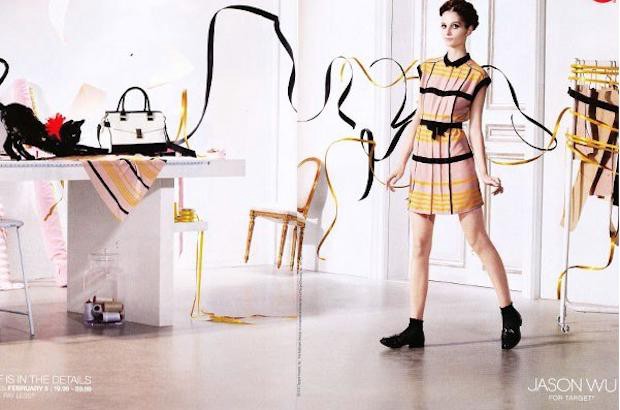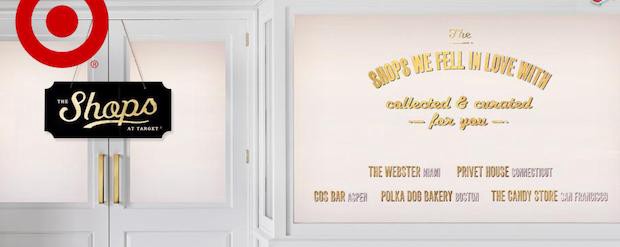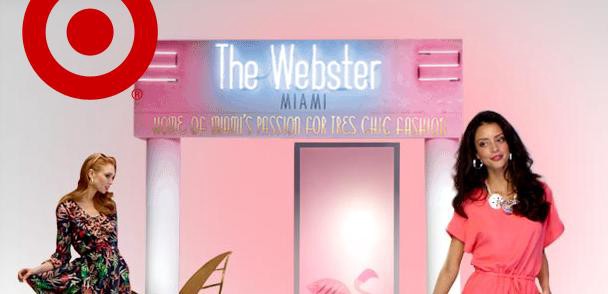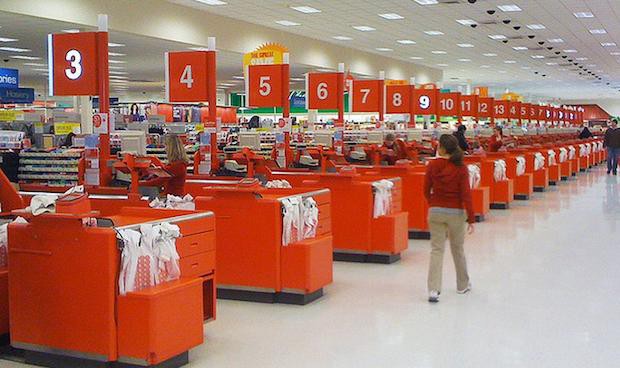Target’s Triple Threat
You know how walking through Target makes you want to buy all of the things? Three reasons why, articulated by this 2004 Harvard Business School article:
ONE: DOPE ADS
This “cheap-chic” strategy enabled Target to become a major brand and consumer-shopping destination, articulated around two main interrelated branding activities: designer partnerships and clever, creative advertising.
Seriously: Have you ever seen a Target ad that didn’t make you want to buy something?

Also:
Wal-Mart spends 0.3 percent of its revenue on advertising. Target spends 2.3 percent.
TWO: DOPE DESIGN PARTNERSHIPS EXPLOITED IN THE BEST WAY
Although many retailers have design partnerships … what matters is not that you have some exclusives with specific designers, but rather how you exploit them.
Target’s current design partnerships are called “The Shops” — they’ve partnered with five “mom and pop” shops around the country and have installations (with such great branding) throughout the store. Pretttyyy things in prettttyyyy packages.


THREE: CLEAN AND PRETTY STORES
Target avoided competing against Wal-Mart head-to-head and was perceived as outperforming it on specific dimensions: cleanliness of stores, shopping environment and experience, and shorter waiting time to pay.
Also: I’m pretty sure I’ve been exposed to 50% fewer crying children in Target than in either of the marts. And the lighting right? They’ve got great lighting.

PS None of this sorcery worked on me this weekend, and I got in and out without a purchase. Thank you, thank you.
Photo: flickr/zooboing
Support The Billfold
The Billfold continues to exist thanks to support from our readers. Help us continue to do our work by making a monthly pledge on Patreon or a one-time-only contribution through PayPal.
Comments